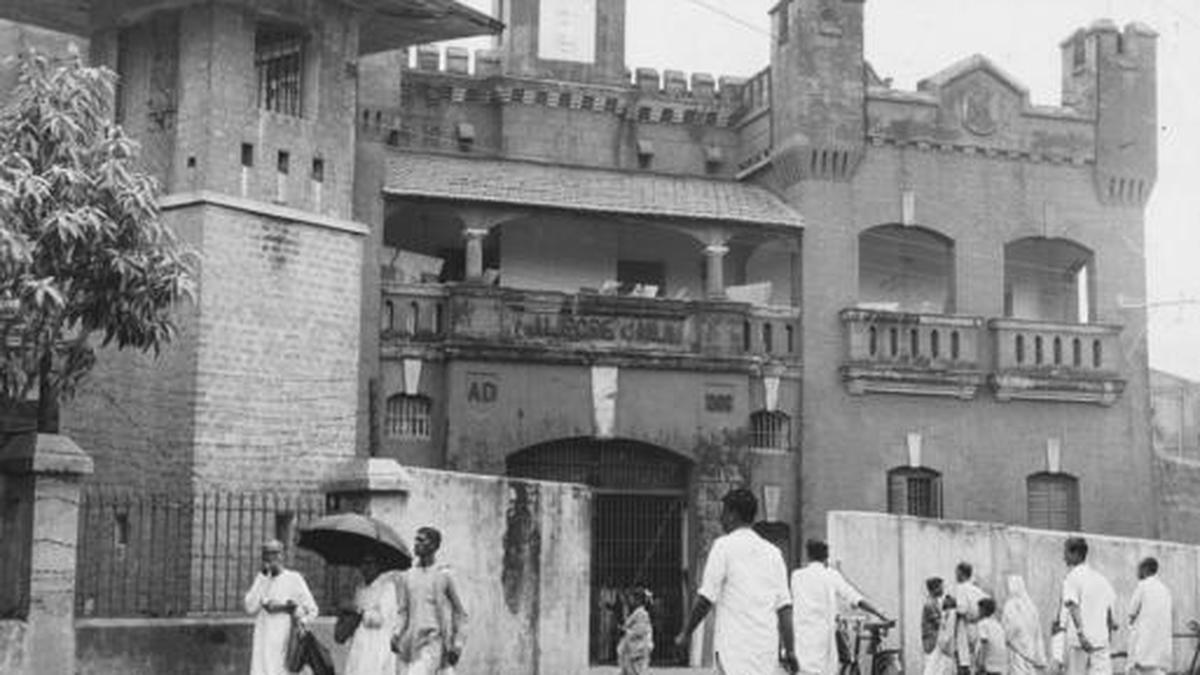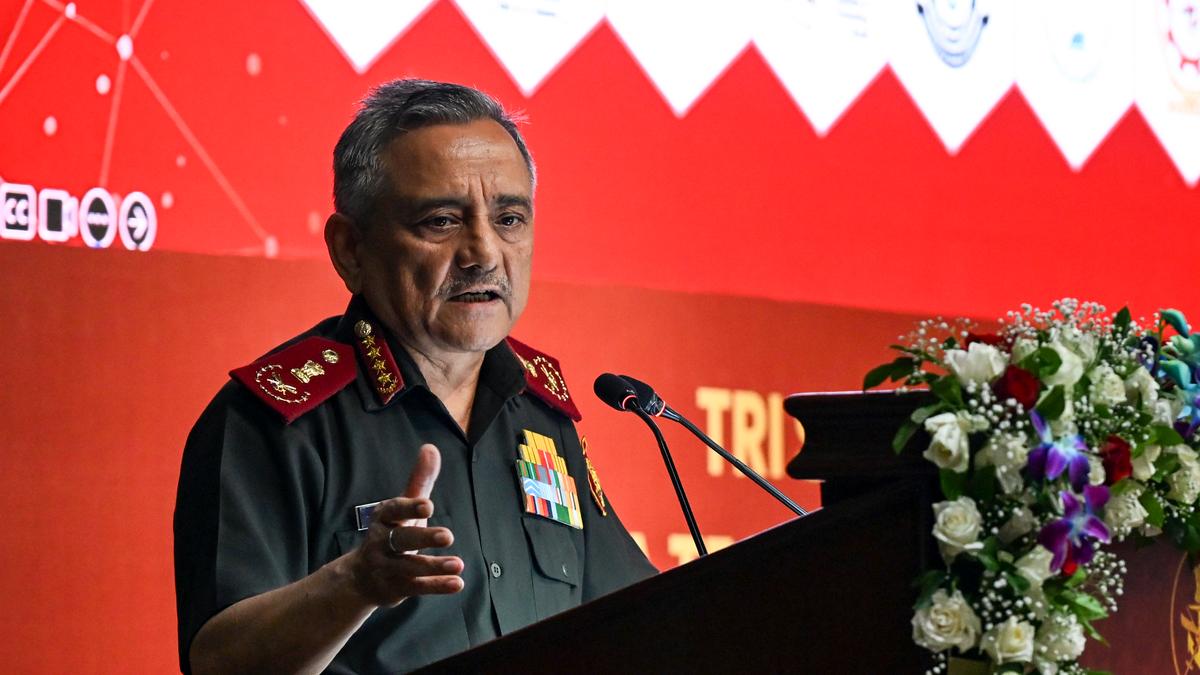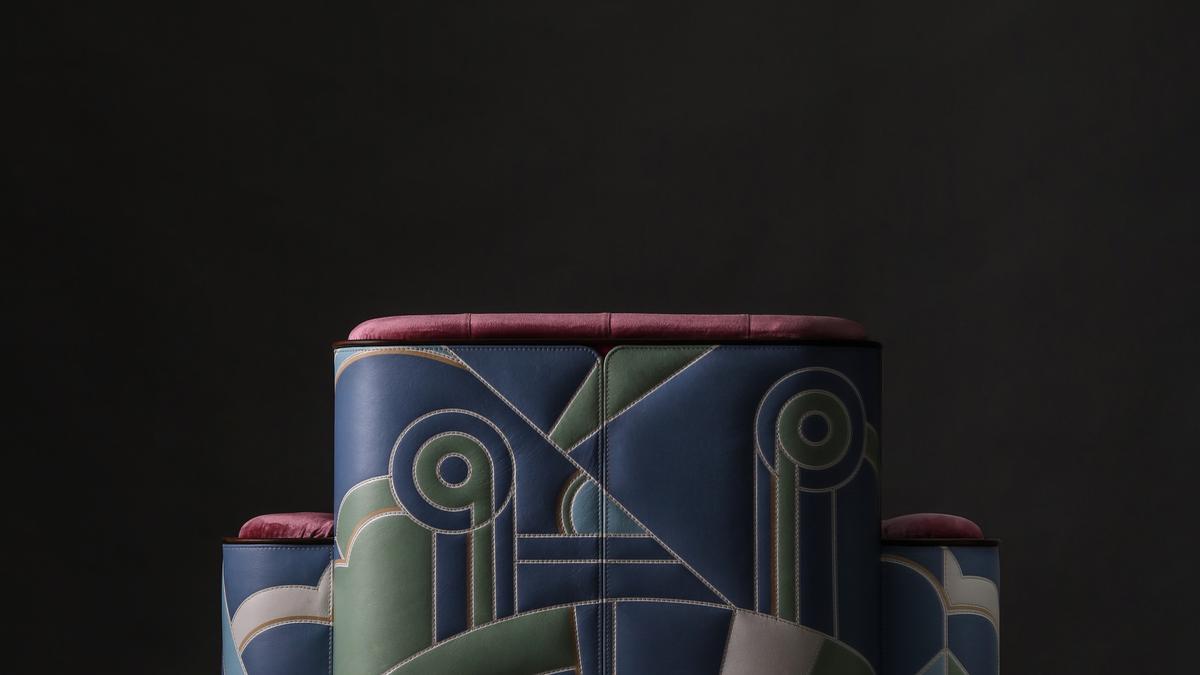
Alipore jail in Calcutta, photo taken in August 1965.
| Photo Credit: The Hindu Archives
Jogesh Chandra Chatterjee getting Durga Puja celebrated and, as part of the celebration, getting a late-night movie screened in jail. Panchanan Chakrabarty locking up jail officials in his own cell for receiving bad treatment. Nanibala Devi refusing to disclose information in spite of being stripped and chilli paste applied on her body.
A new book by a Kolkata professor on British-era imprisonment in Bengal claims how incarcerated Bengali revolutionaries were different from their counterparts elsewhere in ideology and method. Titled The Colonial Prison in Bengal, 1860-1945, the book draws from literature to put together episodes in prisons to show how emerging from the late 19th-century bhadralok class and steeped in reformist as well as nationalist thought, they combined the rationalism of Western education with indigenous notions of sacrifice and martyrdom.
“Unlike the largely non-violent, Gandhian or reform-oriented movements in western and southern India, many Bengali revolutionaries embraced militant nationalism, viewing violence as a necessary purgation of colonial humiliation,” author Animesh Bag, an assistant professor in the department of English at K.K. Das College in Kolkata, told The Hindu.
Examples of violence even included locking up jail officials in their own jail. According to the book, Panchanan Chakraborty, one of the influential revolutionaries back then, who was instrumental in the momentary coalition of two revolutionary groups, Jugantar and Anushilan Samiti, once locked up the jail superintendent, jailor, deputy jailor, jail doctor, and a few guards in his cell in the Presidency Jail.
Reason for this reverse imprisonment? His repeated requests for being provided with necessary provisions like clothing and bedsheets were falling on deaf ears. “The verbal spat between him and the superintendent is one of the rare occasions of revelation and an instance of the reversal of power dynamics within the colonial prison,” says the book.
At Rajshahi Jail, now a part of Bangladesh, the jailor had to persuade the superintendent to seek authorisation from the headquarters to meet the demand of the political prisoners, led by Jogesh Chandra Chatterjee, to hold Durga Puja in the prison. “A pandal was constructed within the outside perimeter, just before the main gate of the prison. In the afternoon, a collective assembly of inmates, including those who are serving sentences at the state level, also convened. Furthermore, an evening film screening was arranged Until the stroke of midnight, all prisoners were authorised to assemble in an open-air setting and engage in the communal event, which was also graced by the presence of the Superintendent,” says the book.
According to it, such seemingly trivial performances and activities of the colonial subjects within the prison dismantled the conception that the prisoners in the colonial context were “minor, passive figures”. “[The] resistance to the discipline of the colonial penal regime not only weakens the power of the colonial authority but also extends the prisoner’s agency,” the author writes.
Nanibala Devi’s physical torture took place at the Varanasi jail, on the orders of, according to the book, the Deputy Police Superintendent, Jiten Banerjee. “Under his direction, two wardresses dragged her into a cell, pushed her down on the floor, stripped off her clothes, and smeared chilli paste on her naked body. She started kicking them out of terrible pain. They even kept her in the underground punishment cell where there was no window except a front door for light and air circulation,” says the book. She was imprisoned due to her refusal to disclose information and later moved to Calcutta’s Presidency Jail from where she was subsequently released.
Published – October 11, 2025 04:17 am IST



